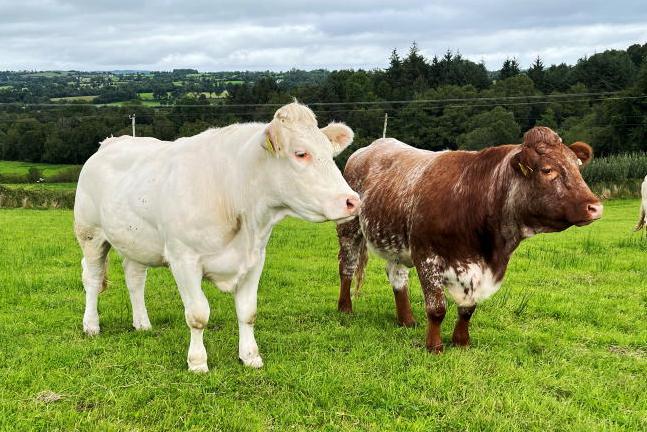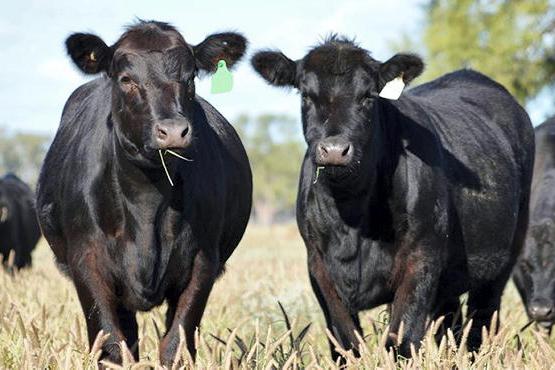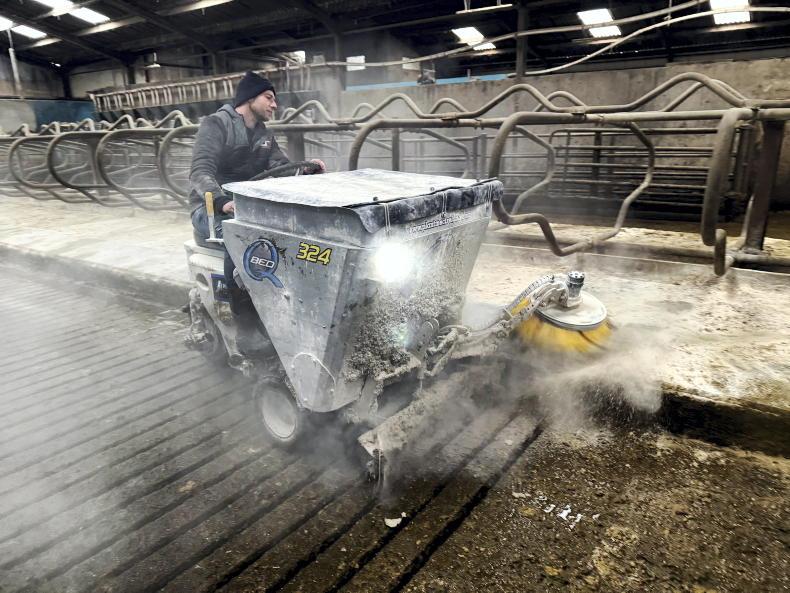A study has found ammonia emissions from broiler chickens are significantly lower than the estimates that were previously used by the NI Environment Agency (NIEA).
As part of the research, scientists from the Agri Food and Biosciences Institute (AFBI) measured ammonia emissions on two broiler sites in Co Tyrone over a 12-month period.
Results from the study, which have been published in the scientific journal Atmospheric Environment: X, found that emissions were 29% lower than the original NIEA estimates.
“The current study updated the ammonia emission factor for mechanically ventilated, confined broiler systems in NI to 0.024kg/bird place/year,” the AFBI scientists state.
“The emission factor figure previously used by NIEA of 0.034kg/bird place/year [was] based off work conducted two decades before the current study,” said the researchers.
It is suggested that the change in emissions may be due to improved bird genetics, which have led to faster growth rates, improved feed efficiency and therefore less nutrient losses. Another potential reason is changes in practice over the past two decades, with ventilation management in poultry sheds given as an example.
The study also analysed trends in ammonia emissions throughout each crop of broilers and the results aligned with previous research, which found emissions increase as birds get older.
“Increased age is associated with greater bird weight and an increased production of uric acid, and ultimately more ammonia concentrations.
“Bird weight has also been suggested as a proxy for the amount of excreta, dander (feathers/skin) and water consumption, as well as the birds’ ability to mechanically agitate the litter, thus resulting in greater emissions,” the researchers state.










SHARING OPTIONS